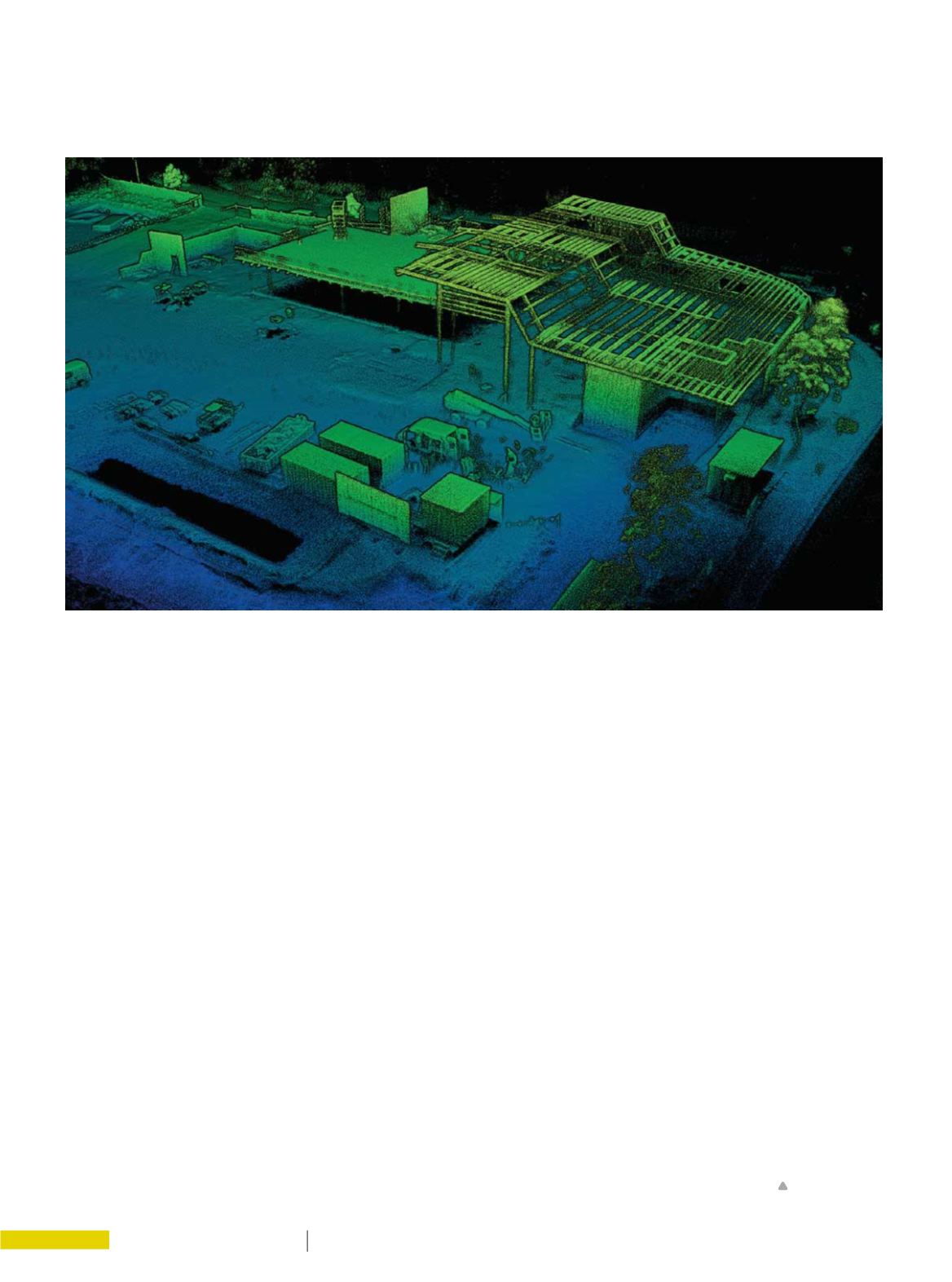

8 4
E L E C T R I C A L CO N N E C T I O N
W I N T E R 2 0 16
to grow because of the many consumer-
level products becoming available. But
there’s a gap between entry-level and the
big end of town and that area is where
there’s a real commercial opportunity
– provided the products and service
options are bundled effectively,” says
V-TOL managing director Mark Xavier.
Mark believes that most organisations
that need geospatial information,
whether it’s photography, video or survey
maps, will have easy low-cost access to
it in the near future and he also points
out that the technology will mitigate
risks to workers by reducing the need
to use cherry pickers and the like for
maintenance and inspections at height.
Instead, the machine will carry out all
the risky work, thereby reducing the risk
of falls and other injuries.
This isn’t the end game for this
technology though – not by a long shot.
Collision detection and avoidance is
going to be a key enabler for many
applications. Both Stefan and Mark agree
that although regulatory issues pose
a significant hurdle, delivery drones
dropping parts to remote job sites could
soon be technologically viable.
This being the case, Mark is of the
opinion that much publicised efforts
such as Amazon Prime Air and Google’s
Project Wing to establish large scale
drone-based delivery services are still
quite a way off.
“The idea of Amazon delivering things
by dropping them through a chute or
leaving items at a door step in urban
areas is a little bit farfetched at this
point in time. That’s not to say that it’s
not possible technically, and eventually
acceptable to the regulators, but I just
wonder about the economic viability of it
because it’s not cheap.
“Unless you’re mass producing
these things and they all behave and
network properly, it’s going to be as
difficult to do that as having autonomous
vehicles on the roads. The technology
is really jumping ahead but I don’t
know whether we’re there yet and the
regulations will definitely take a while
to catch up,” says Mark.
While we shouldn’t expect to see
droves of self-flying robots in the skies
overnight, autonomous flight is no longer
something that is relegated to realm
of science fiction. Stefan foresees, and
is working towards, autonomous flying
robots with the ability to map whole
areas unassisted.
He also sees the price point of UAV
devices dropping significantly in coming
years and points out that the boom in
research into self driving cars is
pushing the physical size and cost
of collision avoidance sensors down
significantly. Once the price of sensors
and related components is sufficiently
reduced, it’s quite possible that small,
off the shelf consumer UAVs will come
with sensors on board and be able to
detect obstacles and keep themselves
and other airspace users safe.
“There’s a big future for this type of
technology. The combination of
collision avoidance and 3D mapping
without GPS enables a host of new
applications for UAVs. With these
you’re suddenly able to do a lot of
things you couldn’t do before – it’s a
synergistic outcome with huge potential
for impact in Australia and the rest of
the world,” says Stefan.
Hovermap calculates the best flight speed and optimal distances from structures when undertaking mapping and
inspection tasks and ‘knows’ where it’s been, ensuring no blind spots are created.
















